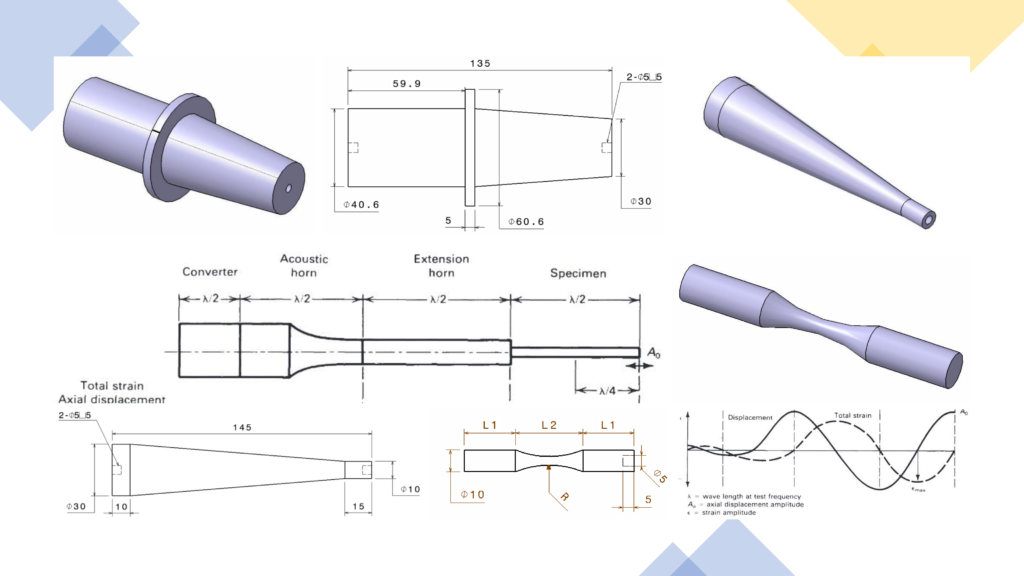
The images above show 3D renders and schematics for the three components that were designed for this project. The booster is on the top left, the horn is on the top right, and the specimen, or sample piece is on the center right.
Fatigue is the weakening of a material due to cyclic stresses. These stresses are typically well below the yield point of the material of interest. In cases where very high cycle fatigue (> 108 cycles) behaviour is characterised, conventional machines that test between 100 Hz and 1000 Hz can take weeks and even longer. Ultrasonic Fatigue Testing Machines (UTFM) substantially reduce testing times. However, commercial UTFMs can cost hundreds of thousands of dollars.
This report outlines a novel design for a 20 kHz UTFM. The UTFM presented is designed such that multiple metals and their alloys may be tested, while only requiring one booster and one horn. Multiple iterations of customised specimen geometries, horn geometries, and booster geometries were created and tested to assess their acoustical properties. A clamp for the booster has also been created. This design specifies off the shelf components for the power supply, piezoelectric actuator, DAQ, pyrometer, cooling solution and measurement sensor.
This machine reduces the cost of a typical UTFM up to 95% while maintaining similar functionality. The assembly designs showed good agreement with 20 kHz resonance in the longitudinal direction, while also having torsional, bending, and other resonant modes being greater than 500 Hz away from the longitudinal mode, allowing safe and reliable stress introduction to the specimens.
The extraction rate from the borewell is assumed to be 20 gallons/min, and the depth of the borewell is assumed to be 60 ft. This makes the borewell deep enough to reach the aquifer underground. The plot has an area of 0.5 acres, with a width of 104 ft, and the building has a length of 120 ft and a width of 60 ft.
The first step included doing a detailed study of the different codes and standards so that calculations could be done to find the maximum day demand and the size of the storage tank. At this stage, a material of galvanized steel for the piping was selected. The next step of the process was to design a layout for each floor with the plumbing routes so that the pipe lengths could be calculated. This allowed the team to calculate the pump head, after which 2 different TACO pumps were sized. One of those pumps is used to extract water from the borewell, and the other pump is placed in series (to increase the overall pump head) to supply water to the building. The P&IDs were then designed and finalized. With these calculations and schematics, the team fulfilled the deliverables for this project.
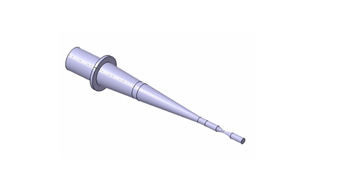


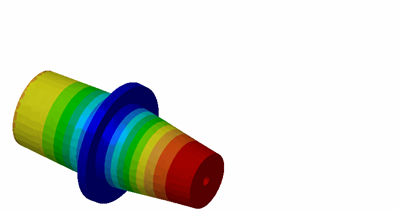
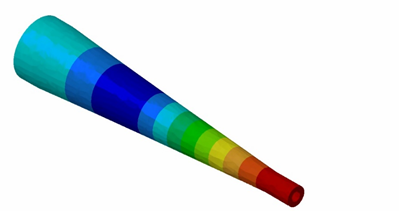
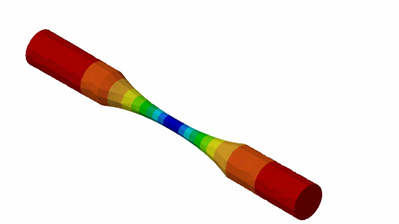
University of Windsor, 401 Sunset Ave, Windsor, ON N9B 3P4, Canada
Design and manufacture of an ultrasonic fatigue testing machine.
33 weeks from introduction to completion.
You can download the project presentation and report files in the links given below.
Take a look at some other interesting projects.
Copyright © 2021 All rights reserved | License | Website developed by Ranvir S. Dange